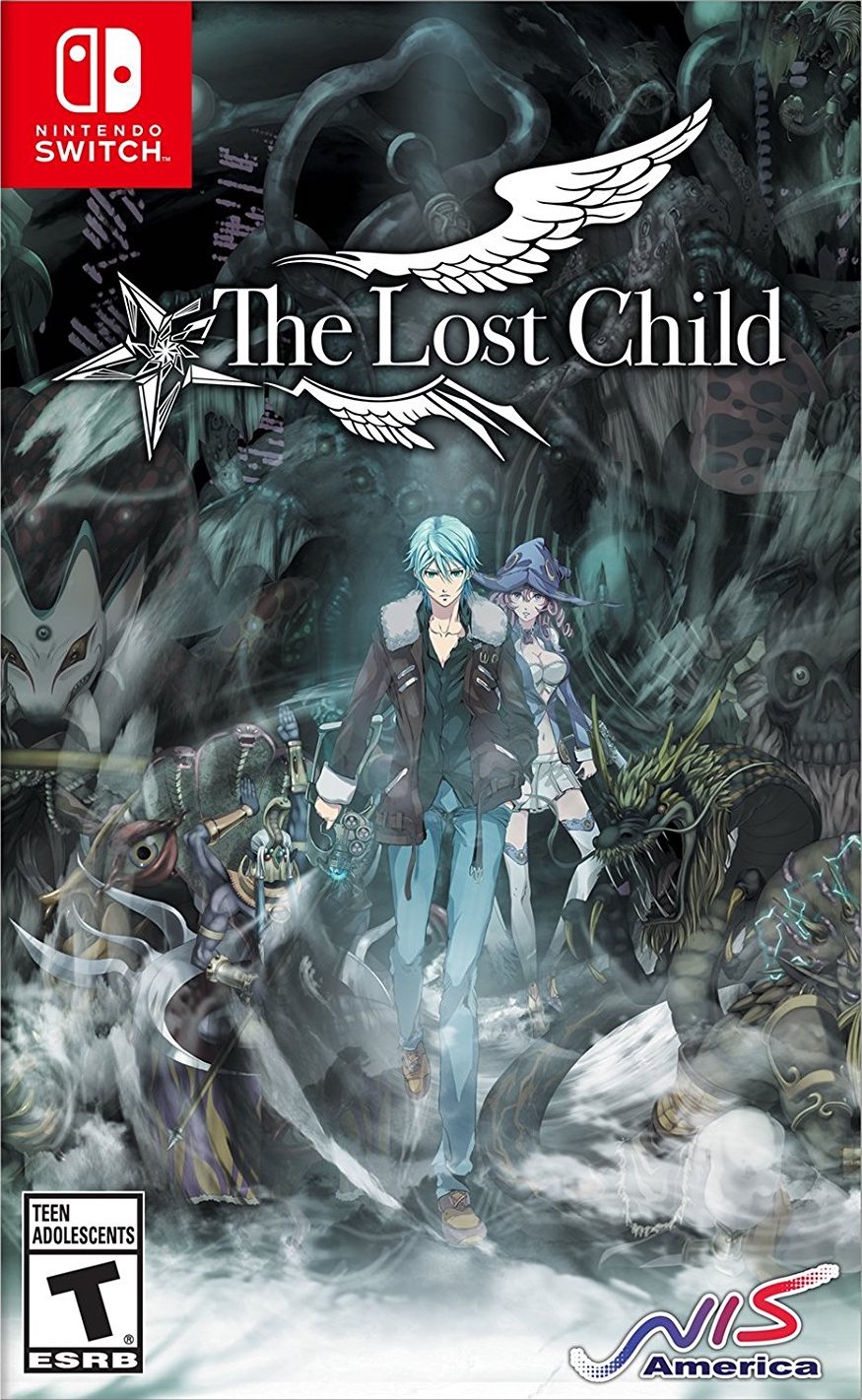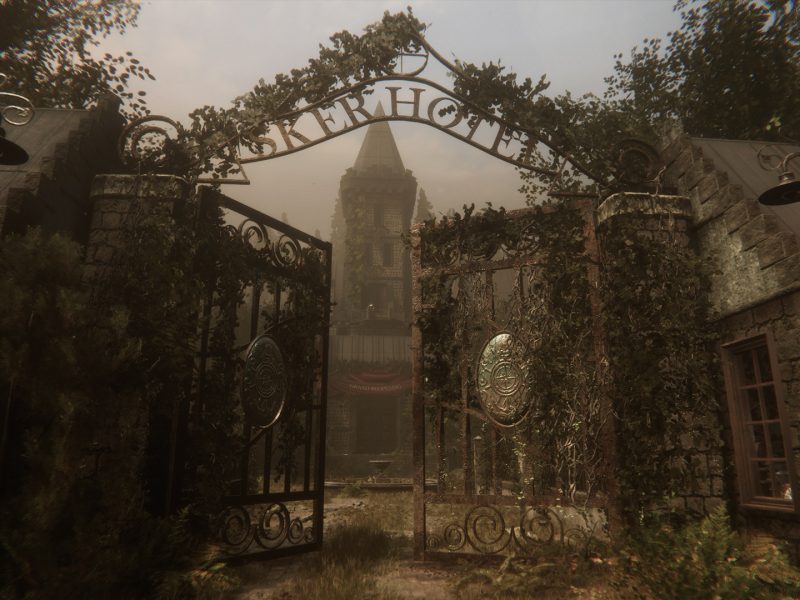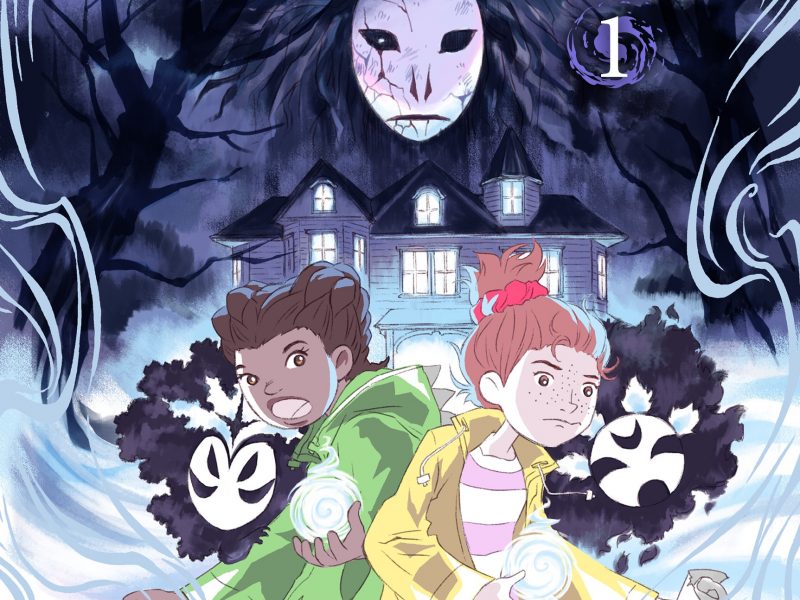GAME REVIEW | A Supernatural Mystery Unfolds in "The Lost Child"
One would be forgiven if they glanced over at The Lost Child and mistook it for a Shin Megami Tensei knockoff. It has the same RPG style, as well as a similar means of capturing enemies and bringing them to your side. However, those who choose to unravel the mystery that The Lost Child delivers will be rewarded quite nicely in the long run.
A follow-up to the 2011 RPG El Shaddai: Ascension of the Metatron, The Lost Child has you taking on the role of Hayato, a journalist for the LOST occult magazine. While investigating a batch of mysterious suicides, a dark shadow pushes him onto the tracks and into certain death. But before the deed can be done, a woman saves him and hands over a case that she claims must never be open. Upon unlocking it, Hayato finds the Gangour, a tool that can be used to capture demons and fallen angels.
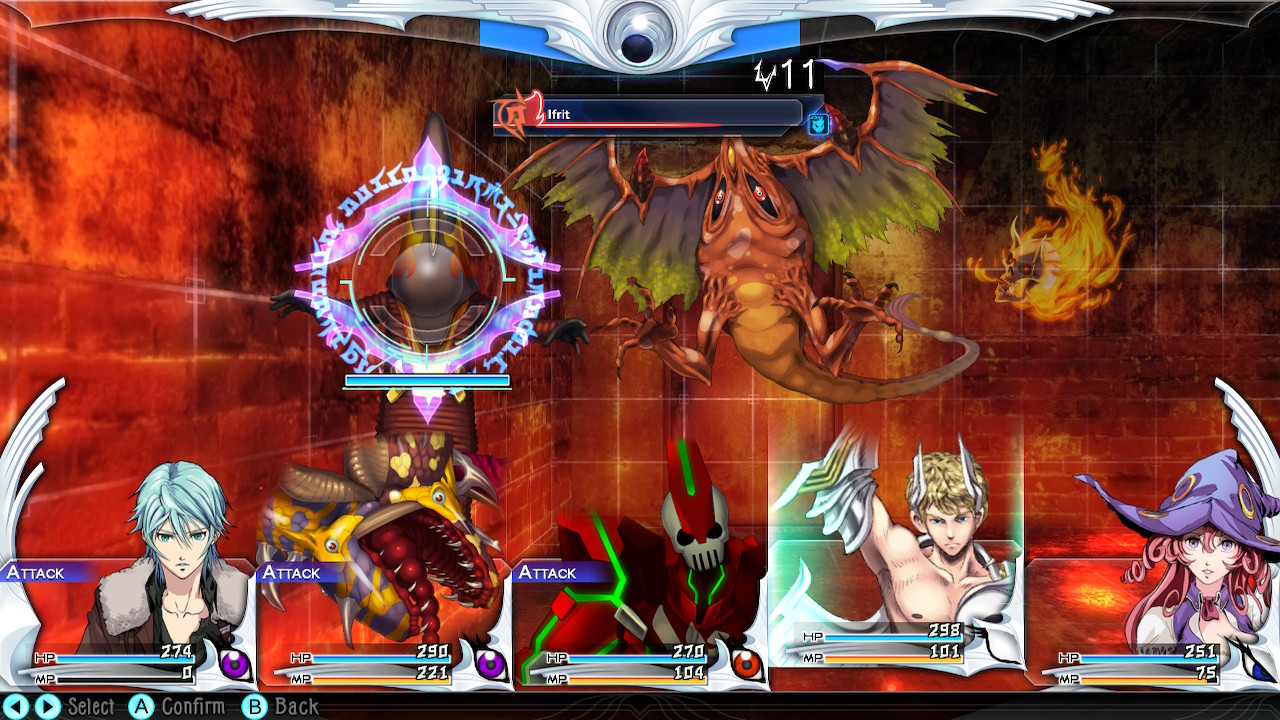
It is here when a magical-looking angel named Lua enters Hayato's world, claiming that he is the Chosen One. She reveals that the woman who saved him is her sister Balucia, and the two must team up in order to save her. As they progress through the mysteries and investigations, the two soon find themselves with new enemies, allies, and even some that appear to be in-between good & evil that will either assist or hinder their quests. But with the Gangour in his possession, taking on all sorts of evils will be a tad bit easier to manage.
As you play through The Lost Child, Hayato will gain the ability to either take down enemies or capture them for his own personal usage (that is after he cures them of their corruption). Via turn-based battles, Hayato, Lua, and the monsters that have aligned with you can then battle other foes and bosses as the mystery continues to unravel. Players can either use regular attacks or attempt to fight off foes with magic in various ways. While you cross paths with the various Astrals, it'll be easy to figure out whose side they belong on, as the world around you becomes stranger with every investigation taken.
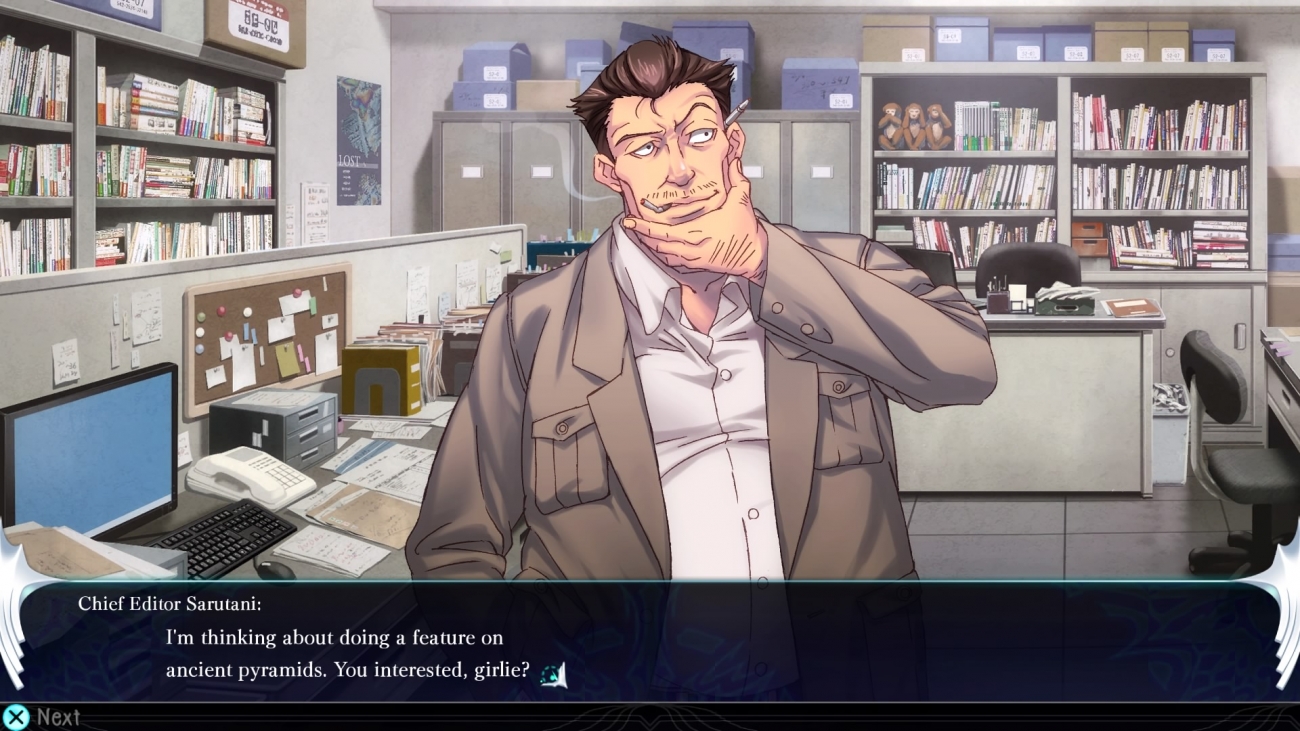
These investigations may seem oft-putting at first, as even Hayato appears skeptical with each one that lands on his desk. However, even the silliest-sounding of claims wind up being more than what they seem. From strange cults and monster sightings to haunting phone calls, every task that is given to you winds up being another link to the biggest cases of all, one involving a hell of a holy feud. Thankfully, these cases wind up being both entertaining and a good amount of fun.
While collecting demons and fallen angels, you'll be given the chance to level them up using special orbs collected during battle. Once a monster has his stats maxed out, you can then choose to enhance them using the EVILve system. Once fully at their greatest level, you can then use them to your fullest advantage. Players just need to make sure their monsters don't die in battle, or else they'll be corrupted once more and force you to have to purify them again after it's over. It's a task that keeps your demon/fallen angel collecting challenging, as it has you constantly checking to see if it's time to do some switching in your roster.
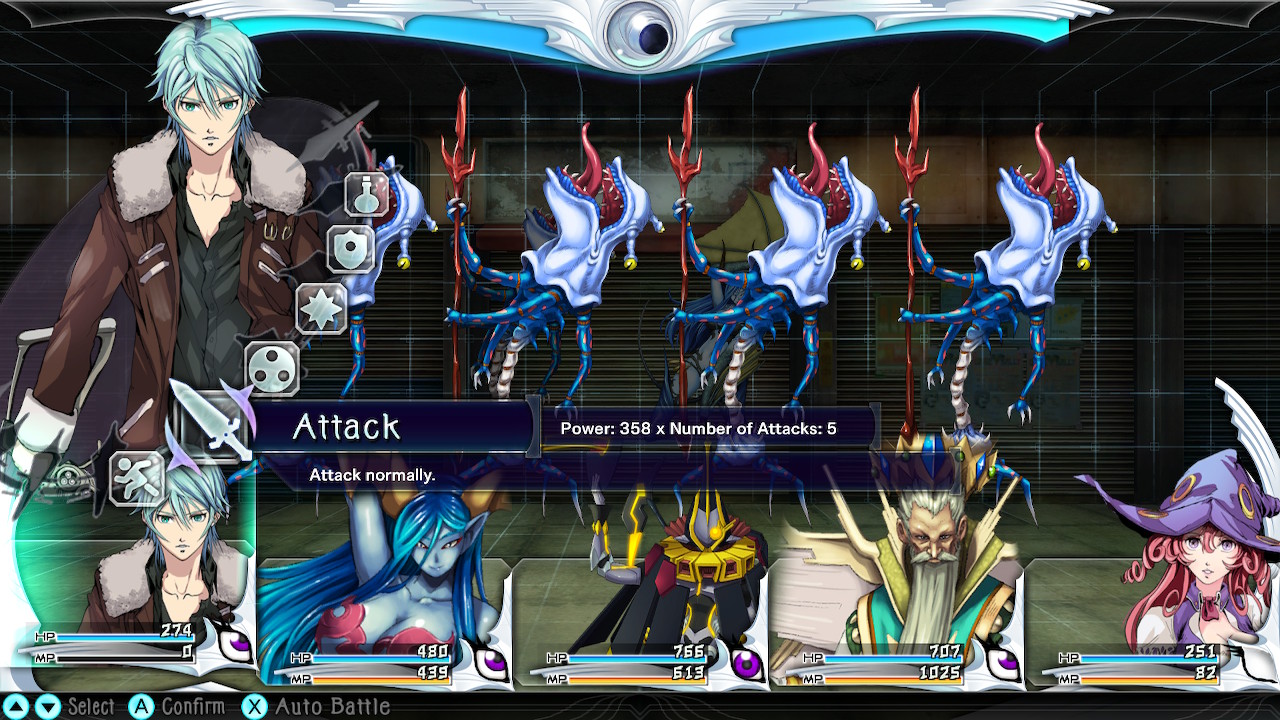
With that being said, despite a foray of demons and fallen angels to collect, the overall battle system can get pretty repetitive at times. What makes a game like Shin Megami Tensei or its Persona spin-off stand out are its personality and strategic means of taking out enemies. Many times while playing The Lost Child, I found myself on autopilot mode as I quickly wiped through one battle after another. It got to a point where I was grateful there was an autopilot mode for when I needed to reach an area quicker, as it kept me from getting lost in my surroundings.
Fortunately, the average turn-based RPG gameplay doesn't take away from the good story that it's telling, with each solved mystery leading towards another good twist in the narrative. The characters are very likable, and the enemies have the right amount of jerk-like traits that keep them from being attachable. It also helps that it comes with some very well-animated cut-scenes and some top-notch voice acting from some of the anime industry's best.
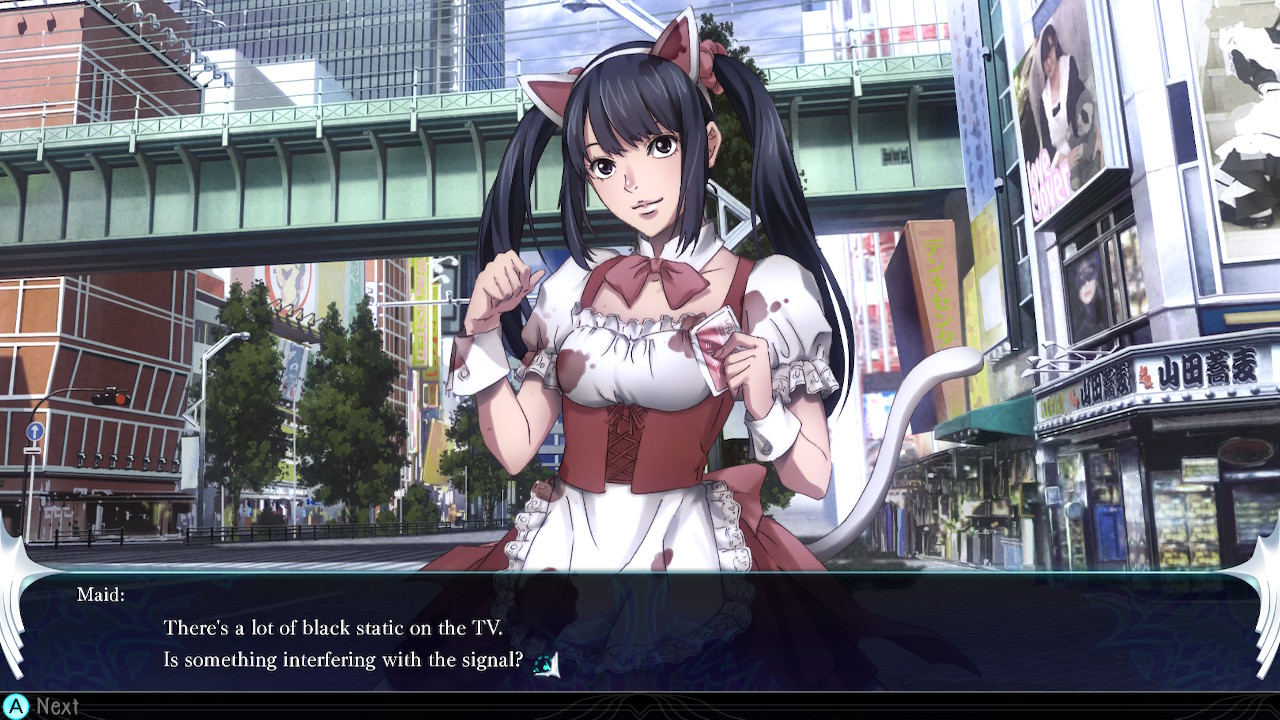
However, it goes without saying that The Lost Child can be a little bit difficult to muster through, as it will sometimes never tell you what you need to do next. Even when taking on another investigation or figuring out a current one, there never seems to be a good assortment of clues or flags triggered that will point you in the right direction. On a few occasions, I found myself wandering over and over again throughout a layer for hours on end, as I couldn't seem to see where I needed to head off to in order to complete a quest. Perhaps it's the game's way of telling you to seek every nook and cranny, but it can get rather frustrating when even doing that leads to zilch.
PROS:
- Great variety of demons & fallen angels
- Intriguing story
- Fun side-quests
CONS:
- Battles can get repetitive
- Progressing can be difficult
FINAL THOUGHTS:
The Lost Child may have some gameplay flaws, but it's overall story and character development makes it worth diving through at least once. With an assortment of demons to capture and a plethora of mysteries to unfold, this certain tale of the Chosen One has a enough going for it to make an enjoyable adventure. Just prepare yourself for some grinding and directional misgivings throughout its campaign...
FINAL GRADE:
Promotional consideration provided by Judith Pi of NIS America. Reviewed on the Nintendo Switch.


